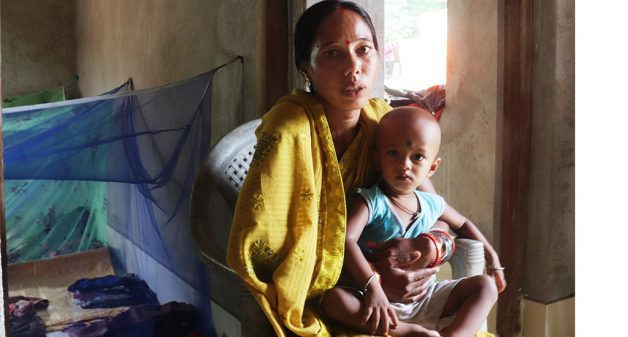
Life skills videos are a lifeline
For India's most marginalized, getting access to information and basic life skills has never been more important than during the pandemic. Dramatized videos and tech are bridging the gap.

For India's most marginalized, getting access to information and basic life skills has never been more important than during the pandemic. Dramatized videos and tech are bridging the gap.
Getting information about health and sanitation was never more important than during the COVID-19 pandemic. As the world turned upside down and India went into the most rigid of lockdowns, there were many marginalized people who were cut off from the most crucial information, particularly tribal minorities who live deep in remote jungles and forests.
Enter technology. When people could not go door-to-door to share vital life skills – from the benefits of hand washing and the need for masks and social distancing to the importance of consuming protein during pregnancy – videos could do the trick.
Not just any video that might be condescending or preachy, either. But dramatizations, carefully written and edited to appeal to target audiences, have become a lifeline to many marginalized communities in Odisha.
While the videos have become vital during the pandemic, they have been produced since 2016, helping spread knowledge to more people in a faster amount of time. Rural development group VARRAT produces the videos with support from Digital Green, a developmental organization that uses technology to help famers, as part of the UPAVAN (Upscaling Participatory Action and Videos for Agriculture and Nutrition) project.
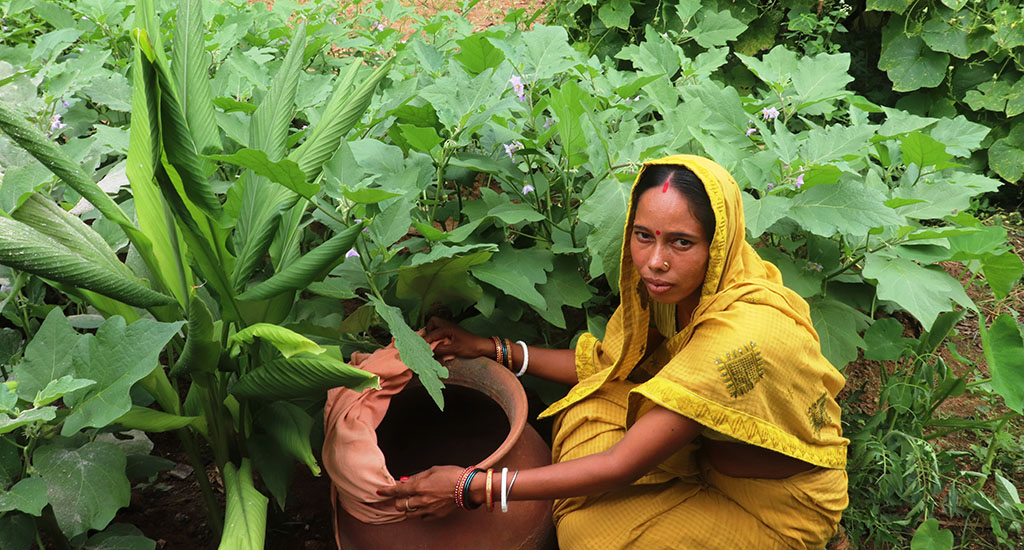
“Door-to-door message dissemination involves time, energy and cost. But the videos are tailor-made and so more people can be gathered as recipients of a particular message,” said Ronali Pradhan, the Odisha (and Jharkhand) state head for Digital Green.
Locals feature in the videos
And the secret ingredient to these videos? Using leading members of the target community to star in them, acting as ambassadors of knowledge.
Like Jayanti Mahanta, from Harichandanpur block in Odisha’s Keonjhar district, who is not one to shy away from the camera. The serious but confident mother of two has studied till Class 10. As a village role model, she features in a 16-minute-long video on safe pregnancies. The video stresses the importance of balancing a woman’s workload with her need for rest during pregnancy.
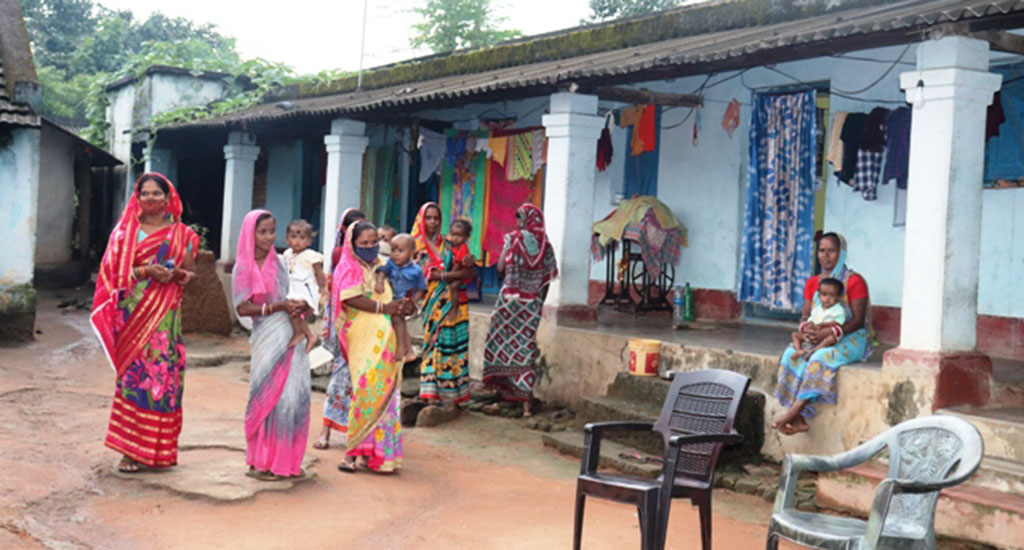
In the predominantly tribal district, the videos are opening up conversations in women’s groups. Knowledge people elsewhere may take for granted – from good maternal health to eating the most nutritious diet possible – become new topics of conversation and habits. For instance, in Harichandanpur, women used to lift heavy objects during their pregnancy, but this changed when the videos showed the dangers of doing this. Now pregnant women just do light house work.
There are even how-to videos that get into the nitty-gritty of growing fruitful kitchen gardens and paddy cultivation using organic manure. While Mahanta has learnt how to make organic manure, another woman from Nusuriposi village, Sabita Mahanta, liked the video in which she learned about recycling water, which is a scare commodity because of the lack of irrigation facilities in her area.
“I watched how wastewater collected in containers after hand washing can be used for watering the plants in my kitchen garden. Earlier, I used to throw away this water,” Sabita Mahanta told VillageSquare.in.
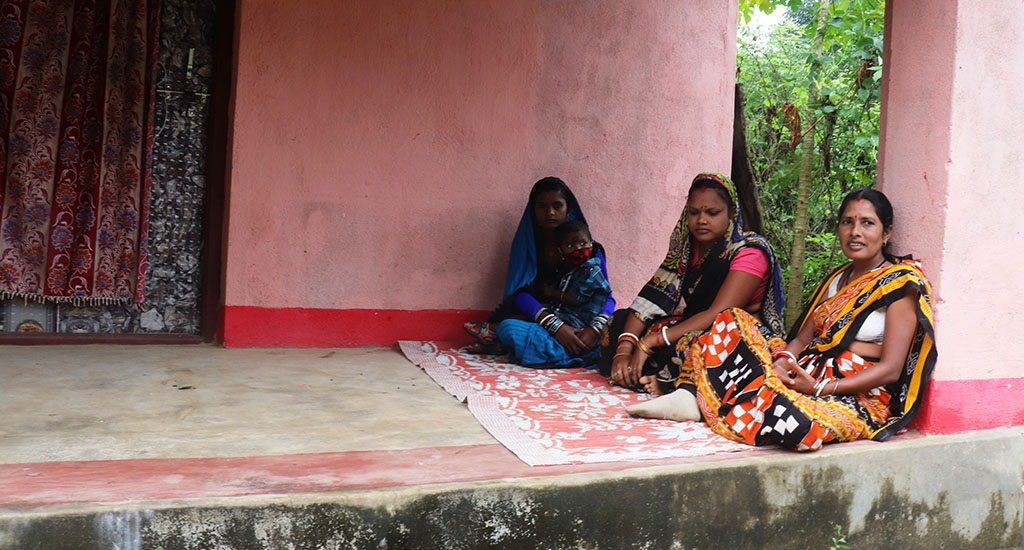
But one of the biggest impacts of the videos has been the change to women’s diets, which earlier consisted of rice, pickle and one vegetable dish. They rarely ate pulses, and animal protein intake was almost absent. Many women have even started keeping goats and poultry for diet enrichment.
“All of us watched the videos in the evenings. Our daily diet has diversified. It consists of rice, dal, vegetables from kitchen gardens and fish, chicken and eggs,” said Padmini Singh, from Musakhori village.
After resistance came rewards
Initially there was resistance to these videos with some families questioning the need for outside information and messaging.
“But we persisted in our efforts. Now pregnancy registration is regularly done at anganwadis (rural childcare centres) as a result of the videos. Earlier, women used to skip this,” said Suknatilata Rana, an anganwadi worker from Barhatipura village.
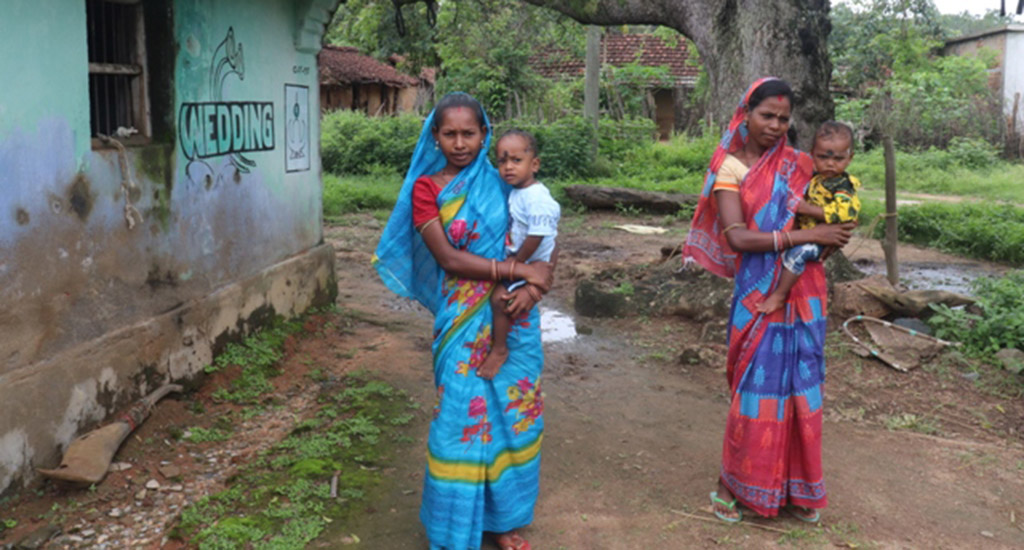
In rural India, land is generally owned by men and they decide on the crops. But these videos are empowering the women to speak up and offer fresh insights and knowledge. Women like Mahanta are now taking decisions related to agriculture.
“These days I accompany my husband to the field where paddy is cultivated in 10 acres of land belonging to my joint family. Earlier, the men used to take all decisions, but now many consult their wives,” Mahanata said with pride.
Persisting through the pandemic
The videos were typically watched by a group using a handheld projector in various villages. The COVID-19 lockdown restrictions made that hard. But that did not stop the women and the organizers’ enthusiasm to get the videos out and viewed.
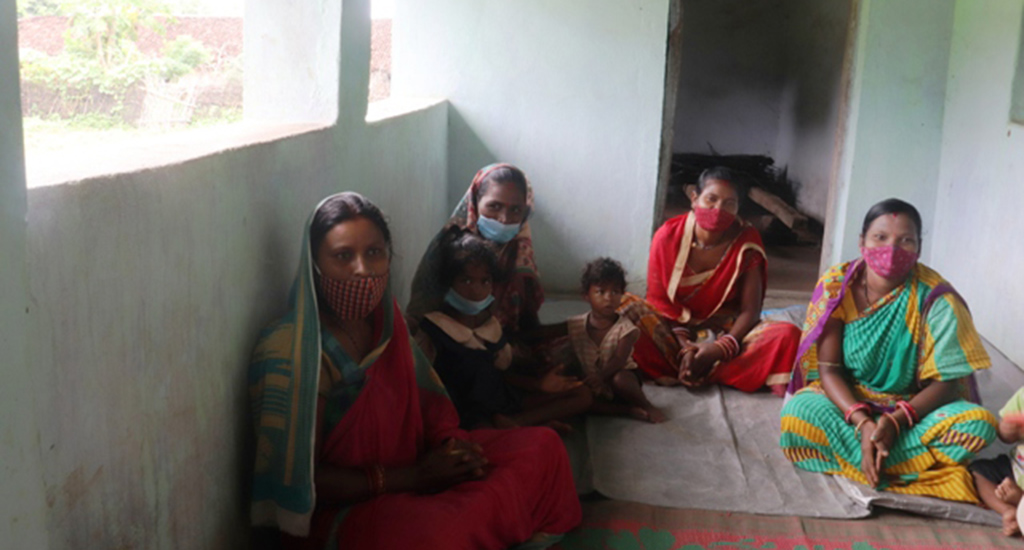
Those who had smartphones formed WhatsApp groups at the village level. Though Shibanath Pradhan of VARRAT, admitted that there are challenges regarding the dissemination of videos through Whatsapp as only 10-15 percent of women have them.
“Sometimes, husbands keep the phones and do not respond. Many women also lack knowledge on sharing. But Whatsapp is needed as monitoring through home visits is limited due to the pandemic at present,” Pradhan said.
For those without fancy phones, interactive voice response technology is helping people listen to the videos in the form of messages on simpler phones after dialling a particular number.
So far these videos have been shown in 190 villages – with 34,000 families targeted under the UPAVAN project.
Deepanwita Gita Niyogi is a Delhi-based journalist. Views are personal.